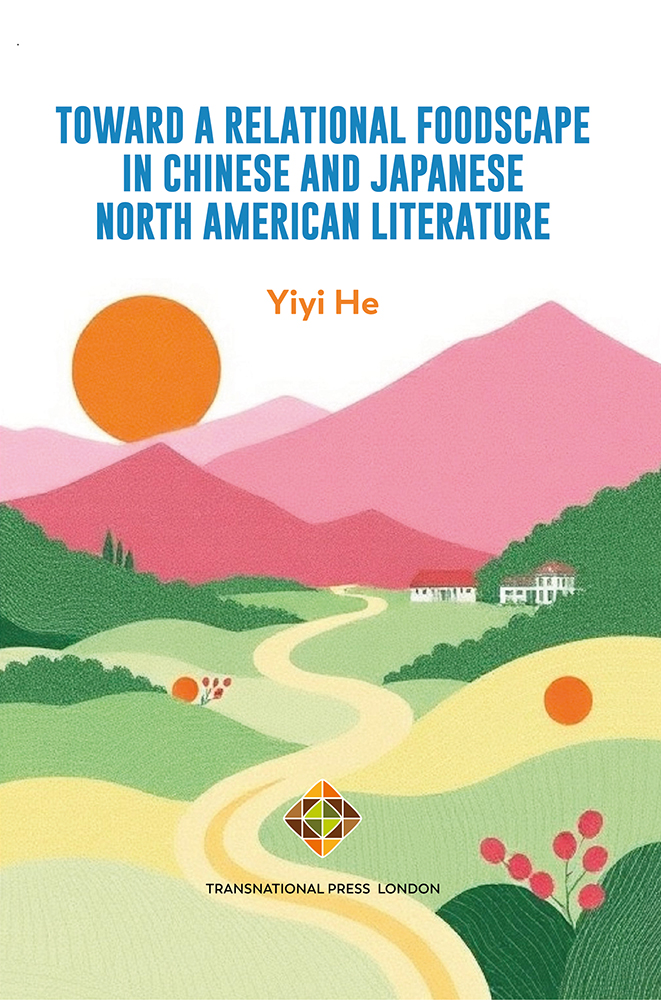Toward a Relational Foodscape in Chinese and Japanese North American Literature
Toward a Relational Foodscape in Chinese and Japanese North American Literature
Author(s): Yiyi He
Subject(s): Anthropology, Literary Texts, Psychology, General Reference Works, Sociology, Sociology of Culture
Published by: Transnational Press London
Keywords: Literature Series; Text books; American literature; Chinese American literature; food; foodscape; Japanese American literature; literature; Yiyi He;
Summary/Abstract: Toward a Relational Foodscape in Chinese and Japanese North American Literature adopts a relational perspective of food justice to reread literary texts, mainly by contemporary Chinese and Japanese American/Canadian writers. The book highlights that the environment and race are closely intertwined in Asian North American ecocriticism. Yiyi He demonstrates how a food justice ecocritical lens informed by the East Asian (especially Chinese) notion “relational foodscape” challenges the binary between humans and more-than-humans while emphasizing relations and reciprocity between them. Yiyi He applies it to interpret selected texts, such as Rita Wong’s forage and undercurrent, Ava Chin’s Eating Wildly, Joy Kogawa’s Obasan, Hiromi Goto’s Chorus of Mushrooms, Ruth Ozeki’s All Over Creation, David Mas Masumoto’s Epitaph for a Peach, Rita Wong and Fred Wah’s beholden: a poem as long as the river, to break all kinds of binaries, such as nature/culture, rural/urban, East/West, humans/more-than-humans. “Relational Foodscape” is a concept embracing both Asian and Western relational philosophies, which echoes the material turn and promotes food justice, especially for racialized and marginalized groups and communities. Approaching relational foodways in theory and practice provides an alternative to reconsider and redirect issues of race, class, and even multispecies relations.
- E-ISBN-13: 978-1-80135-299-4
- Print-ISBN-13: 978-1-80135-298-7
- Page Count: 133
- Publication Year: 2025
- Language: English
- eBook-PDF
- Sample-PDF
- Table of Content
- Introduction

